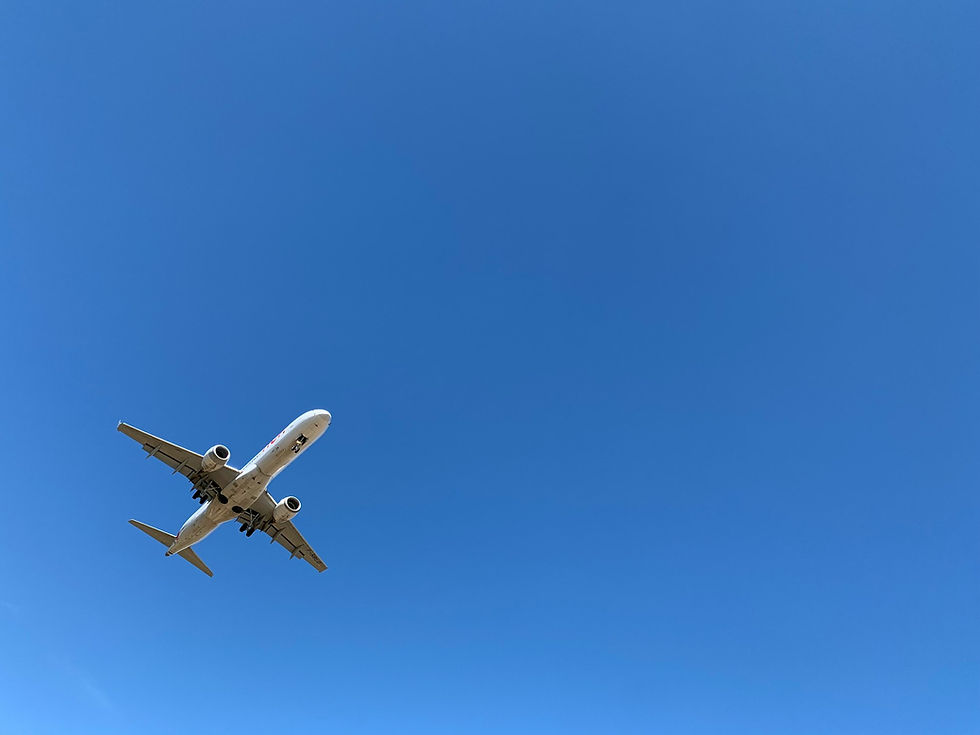Key Mapping Resources for Accurate Land Lines
- Danielle Trigg

- Jul 3
- 3 min read
Land mapping is important to many different disciplines, from city planning to ecology. Good mapping resources provide precise information about property boundaries, which is important for legal disputes, construction projects, and land management. Familiarizing ourselves with the available tools and technologies can equip society and decision-makers with the information they need to exercise effective choice over land use.
Land Mapping: What Does it Mean?
Land mapping is the comprehensive depiction of features from the Earth's surface, such as topography, physical objects (buildings, roads, dams), and the space defined by their numerical features (boundaries). Traditionally, the job has depended upon old-fashioned surveying techniques. The process has transformed primarily due to current technological advancements, which can make it more precise and efficient. Geographic Information Systems (GIS), remote sensing, and digital cartography have evolved mapping into an exciting and imprecise area where land can now be defined in extreme precision. Determining property lines in Arkansas is vital to civil and governmental projects.
Critical Need for Precise Mapping
Proper demarcation of land lines clarifies land title, which minimizes landowners' disputes. Establishing clear boundaries helps avoid encroachments and is also important for land markets, infrastructure development, and environmental planning. In addition, accurate maps help government institutions to zone and regulate land use, promoting sustainable development practices.
Technological Advancements in Mapping
Technology advancements have changed traditional mapping methodology. GIS platforms permit the analysis and visualization of spatial data, allowing for the analysis of all geographic aspects of a location. High-resolution images provided by remote sensing technologies, like satellites and drones, provide a bird’s-eye view of landscapes. These types of tools allow for the publication of accurate and updated maps that mirror real-time scenarios based on data.
Key Mapping Resources
Various sources and tools are available to help us do landline mapping correctly. One of these tools is GIS software, which is a basic but powerful tool that is used to analyze spatial data and develop rich, comprehensive maps. Open-source alternatives are becoming available that are inexpensive, allowing a wider audience access to GIS functionality. Moreover, online mapping services are easy to use and provide people with access to geographic data.
Role of Satellite and Aerial Imagery
These days, satellite and aerial images are heavily welcomed in every mapping process. They can cover large areas and have high-resolution images for more accurate land delineation. While satellite data covers a large area, it has some limitations, such as aerial imagery coming in as an alternative data source for higher resolution images, but only for relatively smaller areas. Mapped with these images, cartographers can update maps live with the real-time data that they gain from such sensors as land-use and topographic mapping.
Surveying Techniques
Even with newer surveying technology, traditional and modern methods remain relevant today. Methods like Global Positioning System (GPS) and Total Station surveying offer highly accurate readings, which are essential for establishing property boundaries. Total Station equipment measures angles and distances, while GPS technologies provide accurate location data, contributing to thorough land surveying. By integrating these techniques with digital tools, the accuracy and reliability of land maps are improved.
Land Mapping Problems Across the Globe
Even with many advancements in technology, mapping land still presents challenges. Places where data can be collected are impossible to reach, vegetation can be too thick, or the area can be too urban. Moreover, since we want to combine various data sources and inconsistency is expected, we need some specific expertise. Addressing these issues requires experienced personnel, practices, and technology development to enhance mapping accuracy.
Future of Land Mapping
Land mapping will bring us some challenging innovations in the future. New technologies such as LiDAR (Light Detection and Ranging) can provide even better reliability and accuracy of data collection. LiDAR, which stands for Light Detection and Ranging, fires laser pulses to take range measurements and constructs high-resolution, three-dimensional information about the landscape. Such technology can improve maps' precision, particularly in regions with complicated bushes or thick trees.
Conclusion
Reliable land mapping tools are crucial for everything from judicial fleet land registration to national environmental use management. Leveraging technology ensures land lines are mapped accurately to minimize conflicts and facilitate sustainable growth. Advancing technology is likely to bring with it increasingly sophisticated data and methods, ushering in a new generation of land maps that are potentially more precise than ever.
















